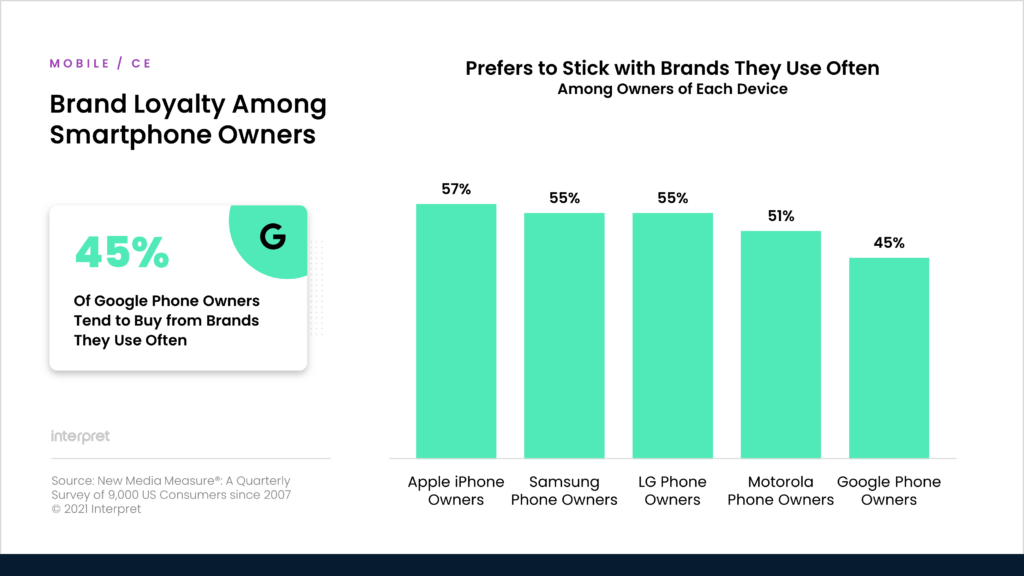On October 19th, Google unveiled its newest smartphones, the Pixel 6 and Pixel 6 Pro, priced aggressively at just $599 and $899, respectively. These two models are the first to be powered by Google’s custom Tensor processor and offer the “most advanced cameras ever built.” While Google’s share of the smartphone market remains quite small in comparison to Apple’s and Samsung’s, the one thing critics and consumers have agreed upon is that the Pixel phones offer class-leading camera quality.
The new camera sensor in the Pixel 6 captures 150% more light than the Pixel 5, which should result in more detail and richer colors in photos. The Pro version also comes with a telephoto lens with 4x optical zoom (and offers 20x zoom with an improved version of Pixel’s Super Res Zoom).
At a time when diversity and inclusion has come to the forefront in corporate America, Google also made a smart choice in addressing how its cameras capture skin color using its new Real Tone feature. “Going back decades, cameras have been designed to photograph light skin — a bias that’s crept into many of our modern digital imaging products and algorithms,” Google explained. “Our teams have been working directly with photographers, cinematographers and colorists who are celebrated for their beautiful and accurate imagery of communities of color.”
With upgraded screens, bigger batteries, and at least three years of Android OS security updates, early impressions of the new models have been positive. Google is also clearly expecting bigger returns this time around, as the company has reportedly doubled production, ordering over seven million Pixel 6 units, which would be more than double the company’s entire smartphone production in 2020. Even so, the increased output would be a drop in the bucket compared to an estimated 80 million iPhone 13 units that Apple is expected to ship this year.
For Google to capture more of the smartphone market, the company will have to not only bring back customers but lure away some from competitors. That may be a challenge, as Interpret’s New Media Measure® shows that brand loyalty is among the lowest for Google phone owners and among the highest for iPhone and Samsung phone owners. One advantage Google may have, however, is that Google phone owners gravitate towards buying new technology, with nearly a third being among the first to adopt new tech compared to 28% for iPhone owners and Samsung phone owners.




